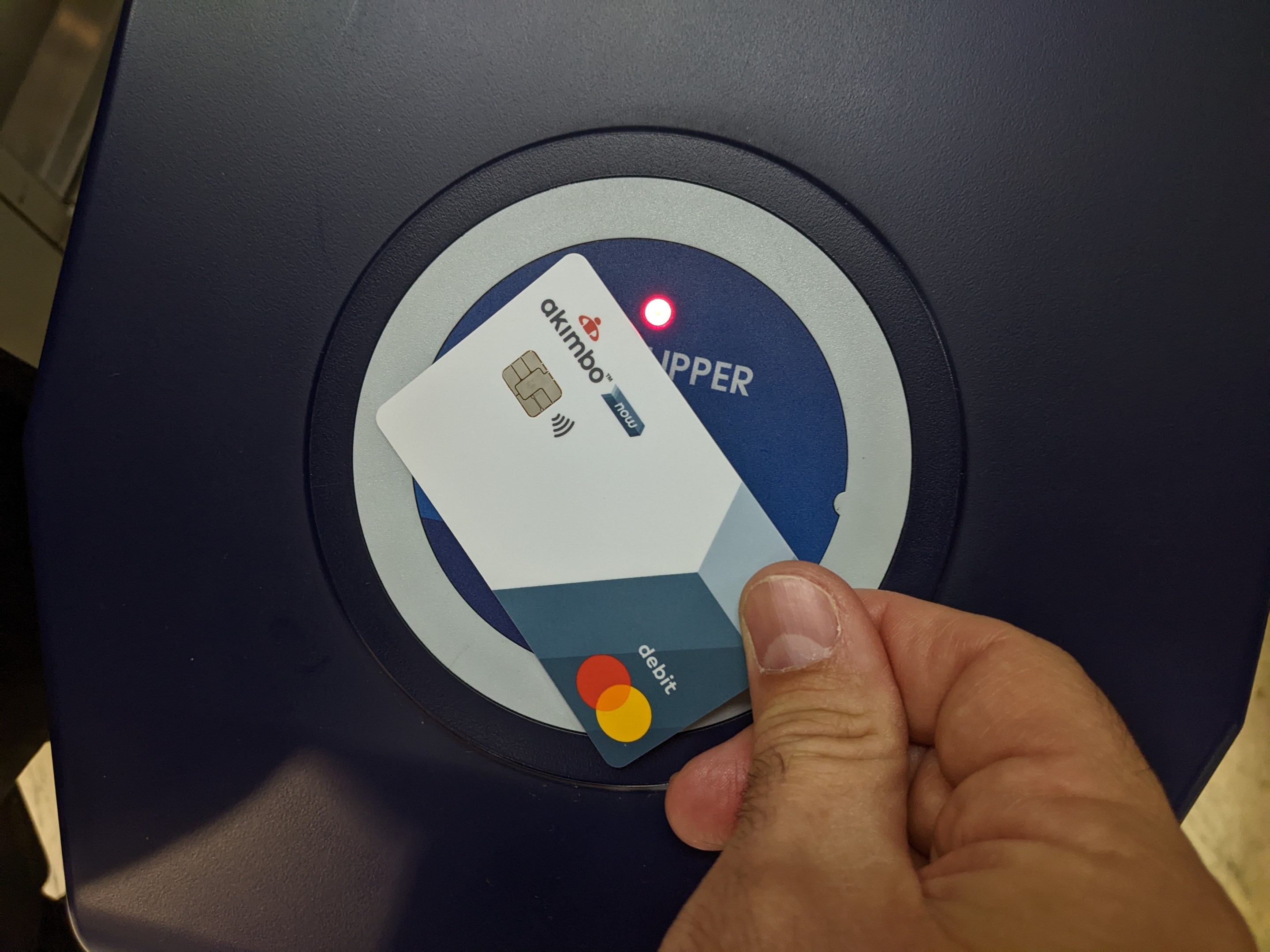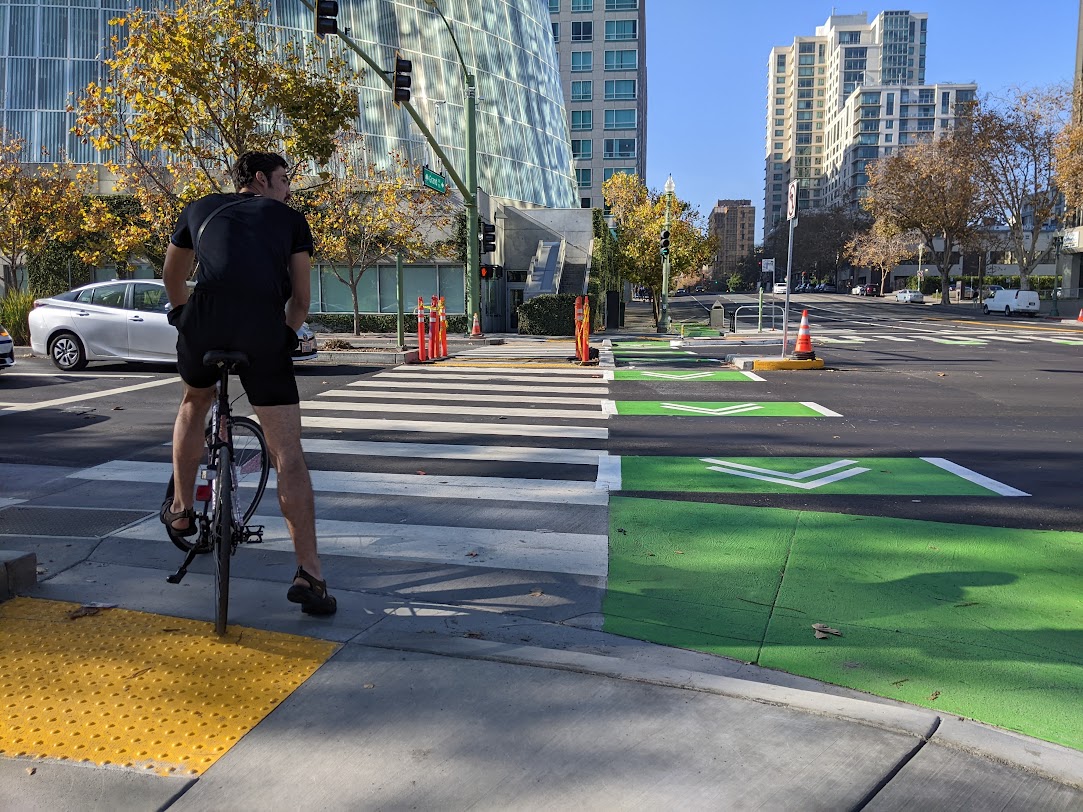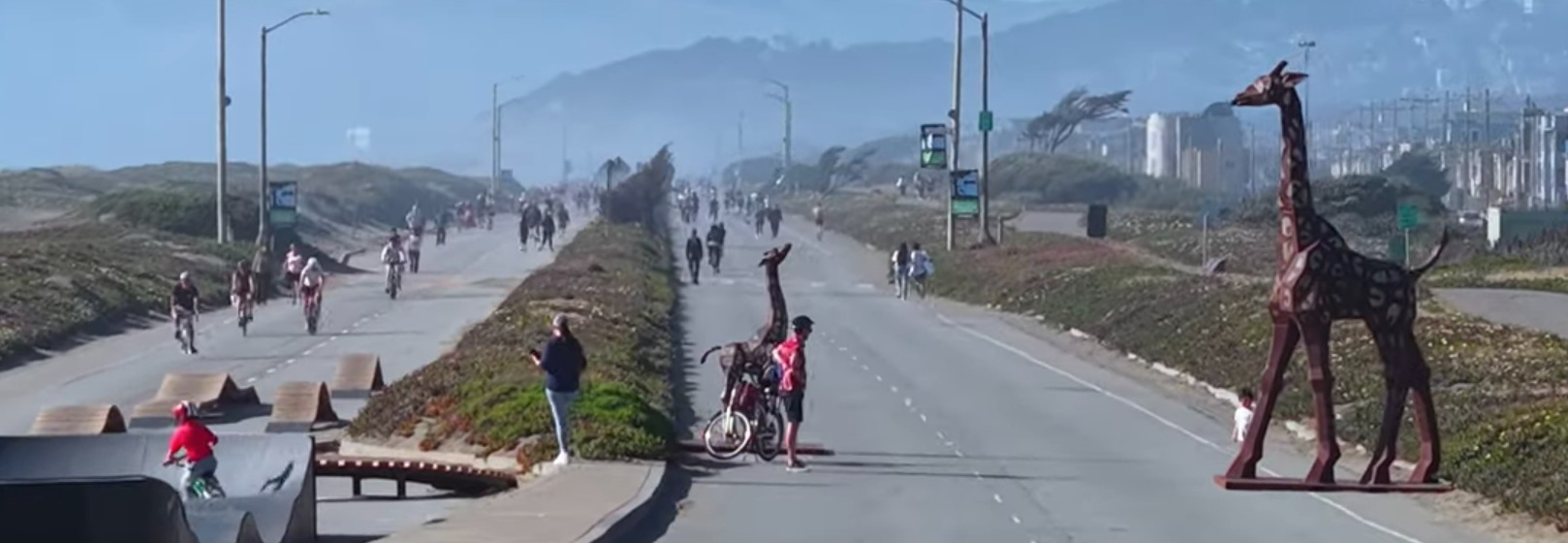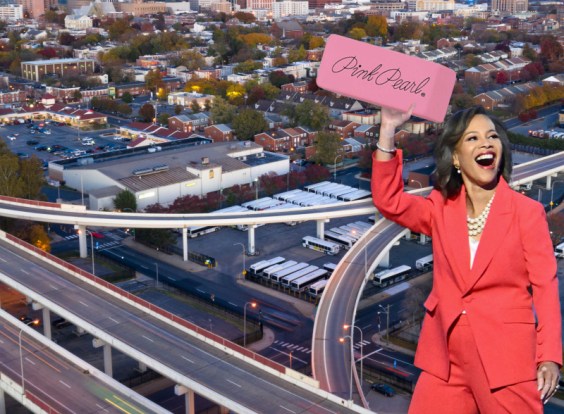After years of delay on its "open payment" system, BART fare gates will start opening with the tap of a credit or debit card starting Wednesday morning.
"As of tomorrow, this will be a tap-and-ride system," said BART general manager Bob Powers at a kick-off event held Tuesday morning in the Embarcadero Station. "This will be especially important for out-of-town guests and infrequent riders."
BART will continue to accept Clipper card payments.
The hope, according to several of the speakers at the event, is that people flying into San Francisco's airports will be more inclined to ride BART to their hotels or meetings downtown if they can simply slap a credit or debit card on the fare gates rather than buying a separate Clipper card or setting up the app. Powers explained that removing that extra step is "just one more tool" for building ridership.
As most Streetsblog readers are aware, open payment systems are nothing new globally. London, New York, and other cities have long had systems that allow credit or debit cards to be used directly on transit gates. The Bay Area's rollout, however, has been repeatedly delayed by technical glitches and other issues. Other Bay Area transit agencies, such as Muni and Caltrain, still haven't committed to a launch date.
"I've been pushing for open payments for years," long-time advocate and BART director Janice Li told Streetsblog at the event. "It's so disappointing not to have a full rollout yet."
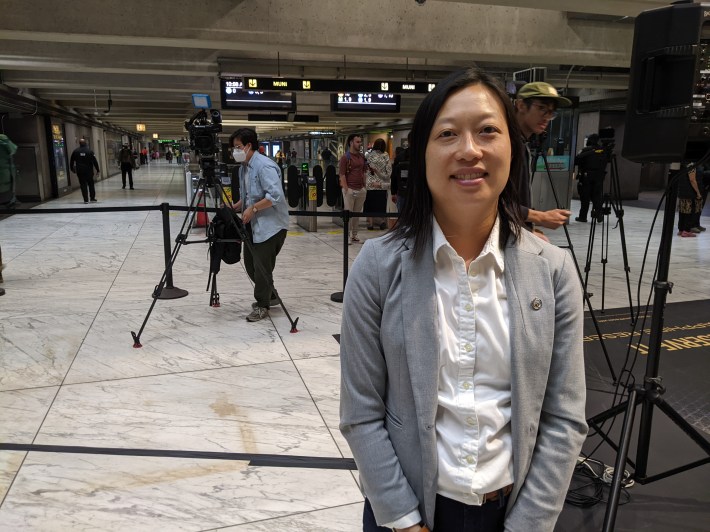
"The Bay Area still has a long way to go," wrote Transform's Abibat Rahman-Davies, who is working on a white paper about open payments. "Open payment systems should be standard across all transit agencies and come with fare capping and fare discount policies. We look forward to seeing the Bay Area follow in the footsteps of New York, London, and many other transit agencies in implementing open payments and continuing to move towards accessible and equitable fare payment for all."
In the cities cited by Rahman-Davies and others, not only is the transit system accessible by credit card, but they also have "fare capping," also known as an "accumulator." That means the system stops charging the rider for the rest of the day, week, or month, depending on how many rides they have taken. That way, riders don't have to expend mental energy figuring out what kind of transit pass to buy, be it a single ride, daily pass, weekly pass, etc. And, of course, in many regions, transit agencies also have a "network manager" that coordinates fares. Advocates have long fought for reforming fare payment in the Bay Area overall so riders can, for example, transfer seamlessly between Muni, BART, Caltrain, and other operators without paying every time they transfer. Advocates want the different systems to appear as a single unified network, rather than a hodgepodge of different agencies all with different fares and branding. It is hoped that an open payments system will help push the Bay Area in that direction.
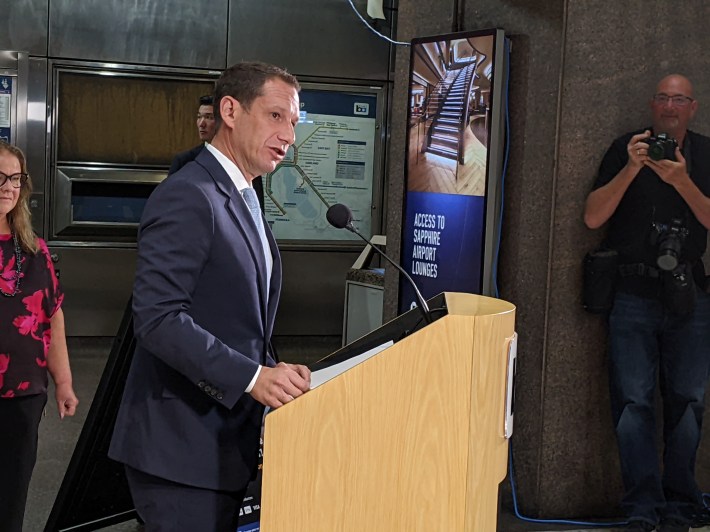
The Metropolitan Transportation Commission, meanwhile, has its BayPass, a universal transit pass available to some students and residents of low-income communities across nearly all the region's systems. A spokesperson at the event said it wasn't clear when the pass would be available to the general public.
Alicia John-Baptiste, Mayor Daniel Lurie's advisor on transit, told Streetsblog that they're hopeful other agencies will launch open payment systems sometime in the fall. The expectation is that transfers will be discounted or eliminated with the full launch.

Advocates and those at Tuesday morning's event were pleased to see BART taking this first step. "It's great to have the bank card payment available starting on BART, which serves a lot of the region's travel," wrote Seamless Bay Area's Adina Levin. Mayor Lurie, another of the speakers at the event, said a "clean, safe, and efficient transit system is essential" to downtown's recovery.
